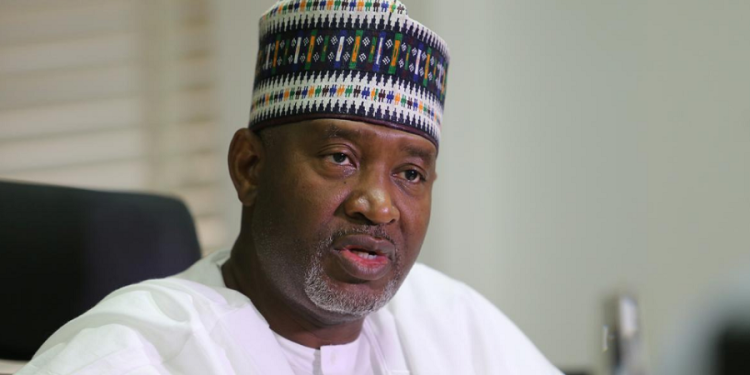...what we used to know as far as meningitis is concerned is that, its a Type A virus...
Ordinarily, the outbreak of meningitis should no longer elicit panic or surprise amongst public health intervention agencies especially across Sub-Saharan Africa. This is because of the outbreak of the disease has become fairly predictable since the turn of the century, ravaging densely populated, poorly ventilated slum neighborhoods. More worrisome the claim among critical stakeholders in Nigeria's health sector that the latest outbreak has been worsened by the emergence of a new strain of the disease identified as “Meningitis Type C”. The excuse that vaccines for this strain are not yet commercially available and will take some time for required vaccination doses to arrive the country from WHO, are not enough to justify the prevailing national panic over the latest epidemic.
While health sector managers may want Nigerians to believe the Type C meningitis is “new,” details have since emerged that this claim is misleading. In fact, in a release by the WHO on 28th July, 2015, Dr William Perea, Coordinator for Control of Epidemic Diseases Unit at WHO had warned that meningitis tends to hit Africa in cycles. “Cases of meningitis C have been on the rise in sub-Saharan Africa. He was once quoted as saying that First in Nigeria in 2013 and 2014, and then in Niger Republic in 2015. We have to be ready for a much larger number of cases during the 2016 meningitis season.”
In an earlier release in March, 2015, the organisation claimed that the “Nigeria Center for Disease Control (NCDC) of the Federal Ministry of Health of Nigeria notified WHO of 652 suspected cases of meningococcal disease, including 50 deaths. Cases have been reported in 10 local government areas of 2 states, Kebbi and Sokoto. Laboratory tests have confirmed the predominance of Neisseria meningitidis serogroup C in the affected areas, with no other serogroups being identified.”
Significantly, the said release was specific in pointing out that “in Zamfara State, there has been a recent emergence of suspected cases of meningococcal disease; however, an outbreak has not yet been confirmed.” Fast forward two years and the same Zamfara has recorded 2,337 cases of Type C meningitis with 262 deaths.
But the suffering victims of the latest outbreak have to bear more burdens than these delusory antics - including those blamed on their sins. Yes. There has since emerged a spiritual angle to an otherwise entirely medical emergency. While the Federal Ministry of Health in a public advisory issued on 31st March, 2017, called on the general public to remain calm as the disease is both preventable and curable and that the end of the epidemic is in sight based on current disease surveillance reports, the Governor of the worst-hit States, Zamfara, felt otherwise.
Governor Abdulaziz Yari, days after the said release, while speaking with journalists at the Presidential Villa, Abuja, shortly after meeting with President Muhammadu Buhari, claimed that the current outbreak was God's wrath on the people being pounished for their sins. According to Yari, “what we used to know as far as meningitis is concerned is the Type A virus. The World Health Organisation, WHO, has carried out vaccinations against this Type A virus not just in Zamfara, but many other states. However, because people refused to stop their nefarious activities, God now decided to send Type C virus, which has no vaccination.”
While intervention agencies remain in denial and Yari insists this is God's wrath, suffering victims should brace for the worst – except the narrative changes. So far, the statistics are bad enough: 438 deaths from 3,959 cases as at early April, representing an 11.10% fatality rate. This is higher than any other period of meningitis epidemic in the last 15 years. Even in the worst outbreak (by NCDC records) in 2008, only 562 persons died from 9,086 cases – about 6.18%. Yet, the prognosis couldn't be gloomier. With required doses of vaccines still being expected from WHO and the intractable disinclination of Nigerians to refrain from “nefarious activities,” the worst is yet to come.
It is indeed a tragic irony that 15 years after its worst epidemic, at a time when affordable housing and healthcare and generally improved standard of living should ensure otherwise, meningitis is still killing people on a mass scale.
Although the Federal Ministry of Health has done some commendable mobilization as well as acquired significant doses of vaccines and has commenced vaccinations at critically impacted States, including Zamfara, it needs to admit that this strain of meningitis has been around for a while. It must also lead the reorientation campaign for some now guilty – though misled – victims, who must not be tempted to seek extra-medical interventions. It didn't start yesterday and it is not the wrath of God.



















